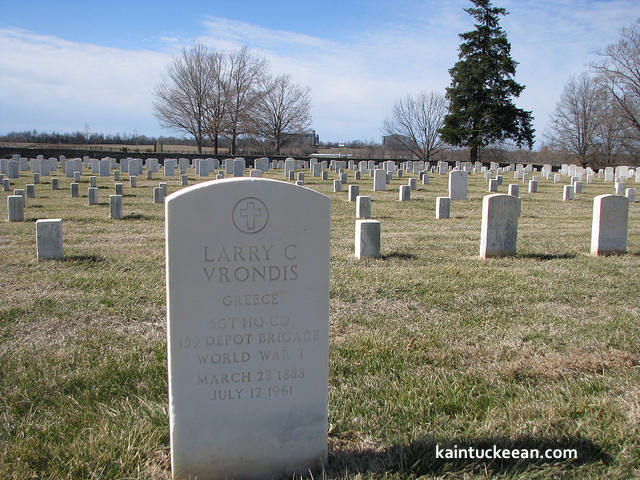Throughout Kentucky, roadside markers placed by the Kentucky Transportation Cabinet and the Kentucky Historical Society signify important historical sites. Approximately 2,450 of these markers have been placed at locations around Kentucky since 1949.
The first such historic marker, Ashland, is located in Lexington at the home of Henry Clay. Earlier markers had limited text compared to the lengthier modern markers, though the overall dimensions of the signs have not changed.
Over the last weekend in May, three new historic markers were placed at locales in Madison, Garrard and Jessamine counties. Each of these markers focused on the role of transportation during the American Civil War.
The Madison County marker recognized the decisive Confederate victory at the Battle of Richmond in August 1862 along the old state road, which was a major transportation route for moving Rebel troops.
In Garrard County, the new historic marker noted the movement of firearms authorized by President Abraham Lincoln to Camp Dick Robinson in the early years of the Civil War. There, regiments of Tennesseans loyal to the Union cause were enlisted.
 |
| Camp Nelson National Cemetery. Author’s collection. |
The latest Jessamine County marker, marker number 2448, is the 19th marker to be located in Jessamine County. Many of these, including the latest addition, are located in and around Camp Nelson.
Marker 2448 reads in part, “When Camp Nelson was established in 1863, impressed slaves from local farms provided much of the labor to construct the earthen fortifications & improve the roads that brought men & materials to this supply base. The following year, when blacks were finally allowed to enlist, many of the former laborers became soldiers who trained at Camp Nelson.”
The African American enlistees served valiantly, often leaving behind their families in peril. Though many family members sought refuge at Camp Nelson, their encampment was only temporary, as they were eventually turned away during the cold winter of 1864. Nearly a quarter of the women and children forced to leave Camp Nelson perished.
In 1866, Camp Nelson National Cemetery was established and the site was added as a National Historic Landmark two years ago. There is no higher recognition that a site can receive, except designation as a National Park. An effort exists to turn Camp Nelson into a National Park, a move that would have major economic benefits for the county and region.
The addition of another roadside marker only serves to continue to tell the story of Camp Nelson’s importance to our local, state and national history.
And, as evidenced by the sheer number of historical markers around the commonwealth, there’s a lot of history to be told. There are new markers placed every year that tell even more of our shared history.
So go out and explore the history around you!
 The post above was originally published in the Jessamine Journal on June 4, 2015.
The post above was originally published in the Jessamine Journal on June 4, 2015.

























